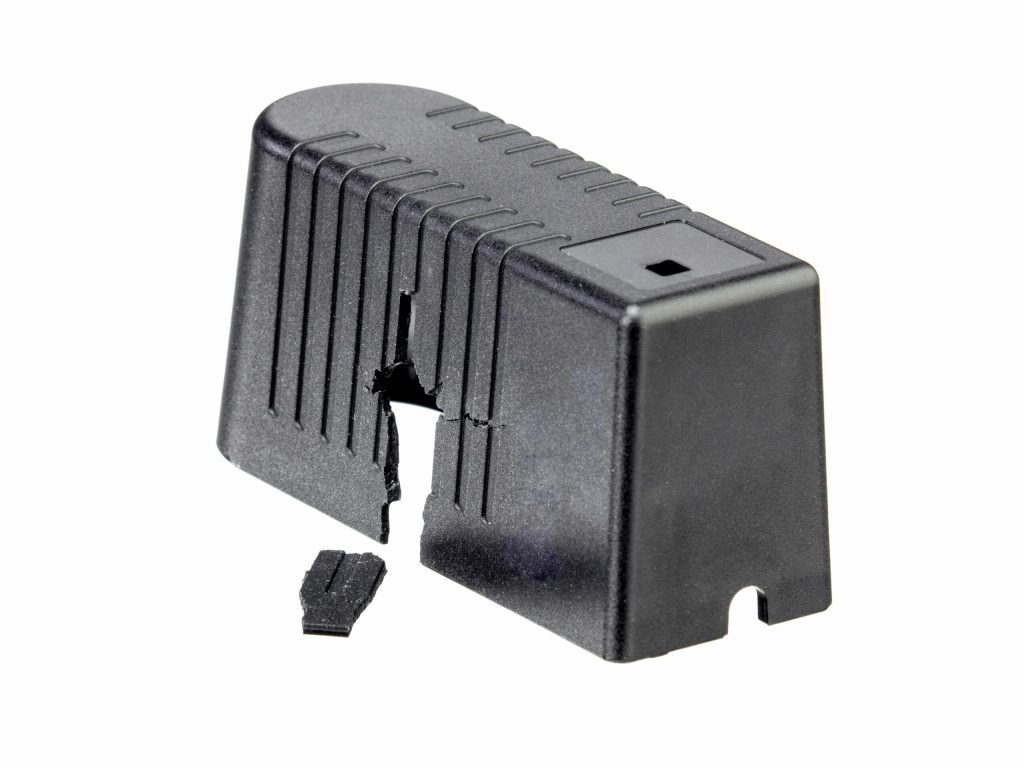MRSA and its consequences for medical electric devices

MRSA and its consequences for medical electric devices
What means MRSA?
MRSA is the abbreviation of Methicillin-Resistant Staphylococcus Aureus. The antibiotic Methicillin and many further antibiotics are ineffective against these bacteria.
Very often, MRSA is used as a synonym for multi-resistant germs.
For healthy people, such germs are non-hazardous most of the time, they are upon the skin and do not cause an infection. Only if these bacteria get inside the body, an infection can lead to a serious illness.
According to the current state of research, the wrong use of antibiotics supports the origin of multi-resistant germs. Hospitals are very critical sectors, where patients with a weak physical constitution get in contact to a lot of germs, which can easily enter the patients’ body via open wounds.
MRSA germs are transmitted in three ways: human to human, object to human, and animal to human. Most often is the transmission from human to human by direct contact. Touching contaminated surfaces such as door handles, handrails, and objects cause an indirect transmission. Besides, germs stick very well to plastic materials and stainless steel.
Effects on ME devices
In order to confront the spreading of germs, hospitals apply new standards on hygiene. According to relevant professional magazines like „Bundesgesundheitsblatt“ (federal health magazine) and „Empfehlungen des Robert Koch Instituts“ (recommendation of Robert Koch health institute), a periodic surface disinfection of all patient-near areas is demanded.„ (…) A surface disinfection, min. once per day (wiping disinfection) of all areas near patients (bedframe, bedside table, wet area and similar) is necessary, upon demand it should be extended to include further potentially contaminated surfaces (see standards for hospital hygiene and infection preventing, Anlage 6.12 [17] “home cleaning and surface disinfection”). All contact surfaces of devices used by the patient (e.g. buttons of ultrasonic devices, ECG electrodes and leads) have to be wipe-disinfected with disinfectant agents of the DGHM lists directly after use and before being removed from the room. Stethoscopes, thermometers, and similar have to be used patient-related and disinfected immediately after usage. (…)“4 Hence, all surfaces of medical electric devices including accessories which have been touched by the patient or are within his reach should be cleaned.
Disinfectants
Disinfectants are agents which lead to a drastic reduction of the number of germs on a surface after application. Usual reduction rates are min. 10-5.
The effect against bacteria (bactericide), viruses (antiviral), fungi (fungicidal), and spores (sporocide) depends on the kind of disinfection agent and its dosage.
The choice of disinfection agents does not only depend on the efficiency against certain germs. It also depends on other factors, e.g. material compatibility and skin sensitivity have to be observed.
There are various chemicals which can be used for disinfection, examples:
- ethanol
- isopropyl
- chlorine
- iodine
- amphotensides
- quaterny ammonium compounds (amines)
- aldehyde (formaldehyde)
- peroxide
Very often, manufacturers of disinfectants use mixtures of these substances. Depending on the type of application, they add further substances to create special characteristics, such as balancing the skin’s lipid content after hand disinfection or a special long-term protection.
Disinfectants and plastic housings
The usage of disinfectants on plastic housings or plastic components like leads or sealings has to be critically considered because a number of these disinfectants react with plastic materials and can even destroy them.

Pic. shows an example of a housing, tested by FRIWO: after applying for a short while a high dose of a commonly used aggressive surface disinfectant, cracks were formed which led to destruction of the housing.
As modern plastic materials have to have further features like non-flammability (UL-94V0) and stability, their chemical compatibility differs according to the type of plastic material.
Polycarbonates for example, do react heavily with amines and therefore, they are unsuitable for disinfection with agents containing ammonium compounds like amines. Often, the resistance of plastic housings against the more simple disinfectants like isopropyl/water mixtures is higher than against more complex disinfectants.
A general release of disinfection agents is almost impossible for an ME device manufacturer because the chemical interaction of disinfectants and additives can hardly be assessed. In addition to this, the manufacturers of disinfection agents continually adjust their products.
Actually, ME device manufacturers have only one possibility, i.e. to test single disinfectants and state the results together with test time and dose in their device specification. Due to the fact that this is time and cost consuming, they mostly waive on this for accessory parts and exclude the use of chemical detergents and disinfectants.
FRIWO and disinfecting agents
FRIWO Gerätebau GmbH has been producing power supplies for the medical electric sector for many years. We are your competent partner to advise and help you determine the right power supply solution with required resistance against disinfectants or specify suitable disinfection agents for your power supply.
Please contact us, we look forward to help you: phone +49 (0)2532 / 810 – sales(at)friwo.com
FRIWO Gerätebau GmbH – Von-Liebig-Str. 11 – 49346 Ostbevern – www.friwo.com
Sources:
1. „Bundeszentrale für gesundheitliche Aufklärung“ (federal center for health information) www.infektionsschutz.de
2. „Robert Koch-Institut“ (Robert Koch institute), D-13302 Berlin, www.RKI.de
3. „Empfehlungen zur Prävention und Kontrolle von Methicillin-resistenten Staphylococcus aureus-Stämmen (MRSA) in medizinischen und pflegerischen Einrichtungen“ (recommendations to prevent and control MRSA in medical and care facilities)
„Bundesgesundheitsblatt“ (federal health magazine) 2014 · 57:696–732 DOI 10.1007/s00103- 014 -1980 –x
© Springer-Verlag Berlin Heidelberg 2014
4. Empfehlung zur Prävention und Kontrolle von Methicillin-resistenten Staphylococcus aureus-Stämmen (MRSA) in Krankenhäusern und anderen medizinischen Einrichtungen (recommendations to prevent and control MRSA in hospitals and other medical facilities)
„Bundesgesundheitsblatt – Gesundheitsforschung – Gesundheitsschutz“ 1999 · 42: 954–958
© Springer-Verlag 1999 (federal health magazine – health research – health protection)
5. „Deutsche Gesellschaft für Hygiene und Mikrobiologie e.V.“ (German association for hygiene and micro biology) www.dghm.org